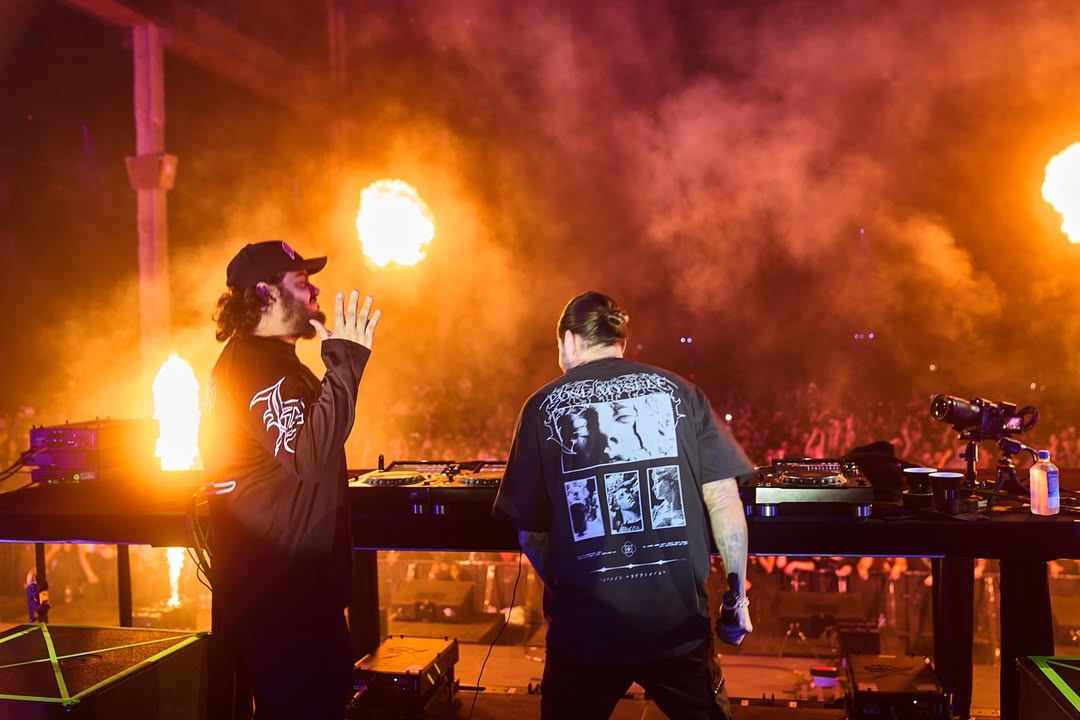Electronic dance music or dj music is becoming more popular among clubbers worldwide. DJs are skilled professionals who mix music and sound for live dance sessions, nightclubbing, weddings and corporate events. Today, the scene is focused on clubs and events with a large variety of electronic music genres and beats, as well as hi-tech electronic dance equipment. DJ’s rely heavily on digital music players and computer software to create and mix tracks and to edit them later.
Later in the new century, the popularity of electronic dance music worldwide increased worldwide, mostly in America and Australia. In the late 2010s, with the growth of online music marketing and endorsements by high profile celebrities, the once obscure term “EDM” and its associated label, “Efface,” became more widely recognized and began being pushed forward by the mainstream music industry. “Efface” is an abbreviation for the English phrase, ” electronica dance music,” and refers to a fusion of the world of electronic dance music with classical music.
“EDM” is a relatively recent term that describes a whole genre of electronic dance music that is very popular throughout North America. The term “EDM” has been coined from the combination of two different electronic music scenes: the traditional house and hip-hop music of the United Kingdom, and the cutting-edge “trap” style of electronic dance music that characterized many U.S. clubs in the eighties and early nineties. Although the “trap” sound was popular in Europe for several years before reaching the U.S., it was taken up in the United States by underground hip-hop artists, who helped to fuel the growth of the electronic dance music scene.
In the mid-eighties, “Gangsta” became a popular nickname for a person or group that was heavily involved in illegal drug use and consumption. “Traffic” is another common nickname for a person or group that is heavily involved in electronic dance music. As technology advanced, the evolution of electronic dance music became more polished and sophisticated. It was common for artists to experiment with new sounds, and use complex beat structures and samples to create a unique sound that didn’t necessarily fit into the existing categories.
“MAP” is a short acronym for “melodic electronic music.” This type of electronic music typically employs musical instruments with pre-recorded rhythms. The term was first used in the context of a music composition written for stringed instruments (i.e., the song ” MAPLANZA” by prog rock band Emerson, Lake And Palmer), but it has since extended to include electronic dance music. “MAPLANZA” is a popular rap song by rap artist Lil Kim. Other examples of electronic music with a rhythmic pulse are the song “Donna Maurer” (made available as an audio file on various websites) and “Acoustic” by Canadian acoustic band Chvrches.
“ODMS” is an acronym for “Original Drugs Owned.” This style of electronic music typically utilizes music samples from illegal drugs. Examples of drugs involved in “ODMS” include marijuana, cocaine, amphetamines, heroin, etc. An artist may freely use these drugs without fear of prosecution, and it doesn’t require licensing or special skills to compose and perform using these samples. Other music that falls into this category may include hip hop and classical music.
” MDMA” is an acronym for “Methylenedioxymethamphetamine.” This style of electronic dance music is known as “ecstasy” or “ecstasy.” It often involves repeated cycles of upbeat music with distorted vocals. MDMA has been found to have a profound effect on the brain’s neurotransmitters, which are responsible for mood, feelings of consciousness, and brain function.
The above represents only a small segment of the various styles of electronic dance music that exist. There is also “Lyrical” and “R&B” electronic dance, “pop/rock” electronic dance, and “emo” electronic dance. In addition, there is also “New Age” electronic dance. These styles tend to combine elements of other styles of electronic dance as well, such as new age classical, tribal, or tribal music, reggae, hip-hop, or house music.


